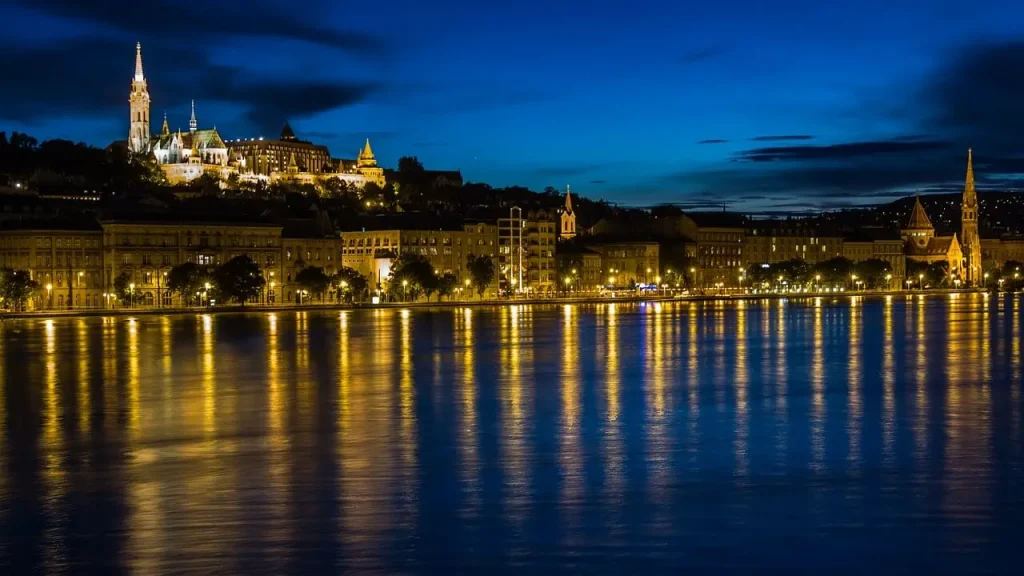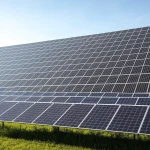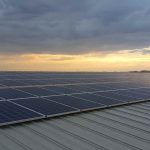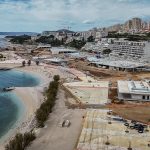The beautiful Danube region in Slavonia, apart from boasting natural beauty, also has a lot of historical and archaeological significance. This is evident with the European Commission having recognised the ”Iron Age Danube Route” earlier this year.
That being said, the Danube river also boasts a political and economic factors, the one that unites all the countries through which the Danube flows. One form of such international cooperation is the DANUP-2-GAS project.
”The Danube region holds huge potential for sustainable generation and the storage of renewable energy. However, to date, this region has remained highly dependent on energy imports, while energy efficiency, diversity and renewables share are low. In line with the EU climate targets for 2030 and the EUSDR PA2 goals, DanuP-2-Gas will advance transnational energy planning by promoting generation and storage strategies for renewables in the Danube region by coupling electric power and the gas sector,” says the official website of Interreg Danube which is handling the project.
In an effort to achieve their goals, the DANUP-2-Gas project aims to bring together energy agencies, business actors, public authorities, and research institutions to join the cause.
The project started on the July 1 2020, and it will last until the end of 2022. So far, 24 institutions from Germany, Austria, Hungary, Czech Republic, Bulgaria, Romania, Serbia, Slovenia, Slovakia, and of course Croatian partners have begun cooperating for DANUP-2-Gas, united by the geographical fact that the Danube connects them all. The Hrvoje Požar Energy Institute (EIHP), the International Centre for the Sustainable Development of Energy, Water and Environment Systems, and the University of Zagreb’s Faculty of Electrical Engineering and Computing (FER) are the project’s Croatian representatives. Check out the full list of partners in the project here.
As (EIHP) reported on its website, September 28 will be an important date for the DANUP-2-Gas project as FER will hold a stakeholder event from 09:30 to 12:30, the lectures held in English will explain the potential of the project, as well as the uses and benefits of renewable energy in the hope of encouraging more support.
The event is imagined as a hybrid event, being held partly online and partly in person, but as EIHP warns, there is a risk of the event ending up being held entirely online, depending on the epidemiological situation.
”Based on the platform developed during the DTP project ENERGY BARGE, it will incorporate all pre-existing tools and an atlas, mapping previously unexamined available biomass and energy infrastructure. Further, a pre-feasibility study utilising an optimisation tool for efficient hub design will identify suitable locations for sectors coupling hubs and a combination of two idle resources in the Danube region.
The unused organic residue (e.g., straw) will be processed to biochar for easy transport along the Danube river and as the basis for synthesis gas generation. Adding hydrogen produced from surplus renewable energy allows for the upgrading of this syngas to a renewable natural gas. This will enable the storage of surplus energy in the existing gas distribution grid, increasing energy security and efficiency. All of the resources required for this process are available in the Danube region and the ten partner countries,” the Interreg Danube website stated, elaborating the positive changes it is attempting to achieve.
Learn more about Croatian inventions and discoveries from Tesla to Rimac on our dedicated TC page.
For more about science in Croatia, follow TCN’s dedicated page.












